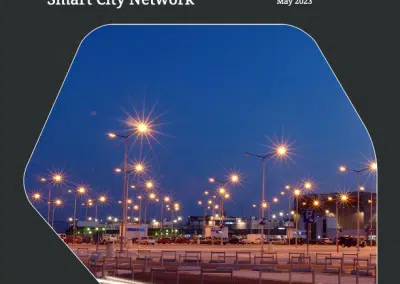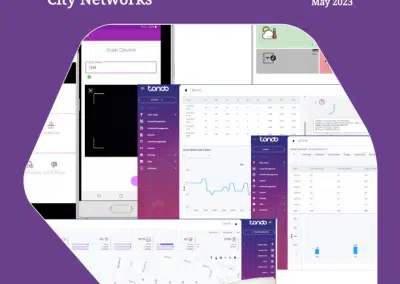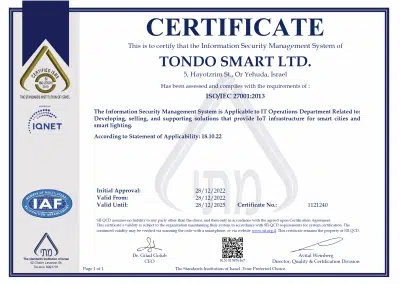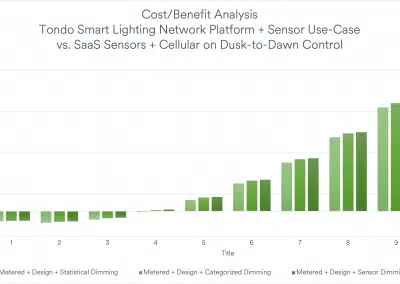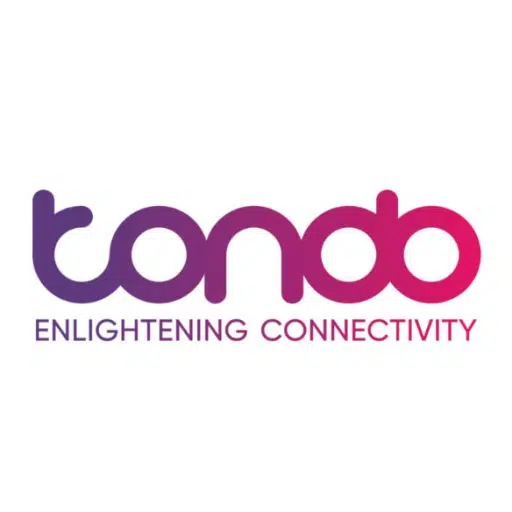This paper is intended for lighting designers and lighting control specialists, and technical teams responsible for specifying and managing lighting for parking lot applications. Tondo manufactures solutions that enable the optimization of lighting for parking lot applications as outlined in this paper.
A Brief History of Lighting Control
The first lighting controls beyond the on/off switch go back to the early 1900s when the Kleig Brothers (the inventors of the Kleig Light most commonly associated with the old style film set lights from early black and white films up to 1927, when the noise from the light couldn’t be used when films with sound became possible) were contracted to produce mechanically dimmable electric lights for the New York Metropolitan Opera House around 1905-1911. These dimmers were hard to operate and unreliable.
The 1930s saw the invention of the photoelectric cell control for turning lights on and off – the first generation street light controller. Even through to the 1960s, some street lights were still turned on and off manually. In 1959, Joel Spira, the founder of the lighting company Lutron, filed his patent for the first solid-state (not mechanical) dimmer we have seen in homes (remember those round push-and-click dimmers?).
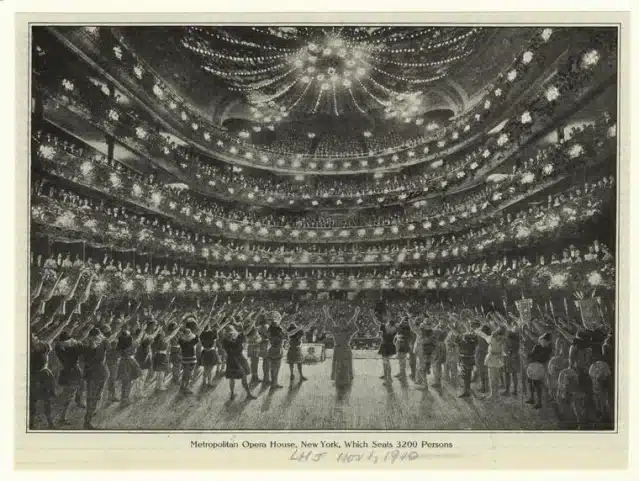
For electronic (but still “analog” electrical) street light control, 0-10v dimming standard established by the International Electrotechnical Commission (IEC) in 2011 under IEC 60929:2011. These more modern standards could be considered to be “second generation” street light controls. They used two wires to change the voltage between 0 volts and 10 volts, and voila – you get a dimmable street light. This is probably the most common dimmable street light currently deployed in North America.
“0-10v” dimming is not without its limitations, however. Without diving too deeply into the subject (for now!) we can say that it is more difficult to provide consistent illumination of an area and a perception of consistent brightness using 0-10v dimming technology.
The limitations of analog photoelectric and dimming controls, and the emergence of advanced digital lighting control technology led to early proprietary digital controls from a variety of lighting companies. Without globally recognized digital lighting control standards in place, and the lack of standards for Internet of Things (IoT) technologies, this led to the development of lighting control platforms that locked customers into a single vendor’s solution.
The problem of vendor lock-in has led to the adoption of new digital lighting control standards governed by the global DALI Alliance. The DALI Alliance has established standards that support the attachment and control of Smart City sensors and devices and communications over a variety of networks via their D4i and DALI+ standards.
These recent and emerging standards have, along with those from other standards organizations that include ANSI, NEMA, Zhaga Consortium, IES, IEEE, TALQ, and others have made it possible for Tondo and others to create secure interoperable advanced lighting controls across wireless and wired networks that enable delivery of consistent light levels for all situations.
This Sounds Complicated! What’s the TLDR?
At Tondo, we understand the complexity of lighting and the complexity of secure, high performance networks and advanced edge computing applications so that our customers don’t have to.
The TLDR:
- Tondo lighting controls work with all types of roadway, highway, and area lighting
- Tondo solutions include all of the technology that establishes a secure, private, standards-based wireless network for sensors and other devices you want today or might want tomorrow
- Our products are designed to be upgraded to support new technologies as they emerge from global standards organizations so you can start now and not need to be concerned about what might change next year or the year after
- We provide the most secure Smart City network infrastructure available
- We provide advanced AI-driven technologies that optimize lighting for safety, and energy use for cost savings with a minimal GHG footprint
- The Tondo team brings together experts in lighting, IoT, artificial intelligence, network communications, hardware design, and cybersecurity to provide a fully integrated solution for any outdoor lighting application
For more information, reach out to us from the Contact Us button at the top of this page!

